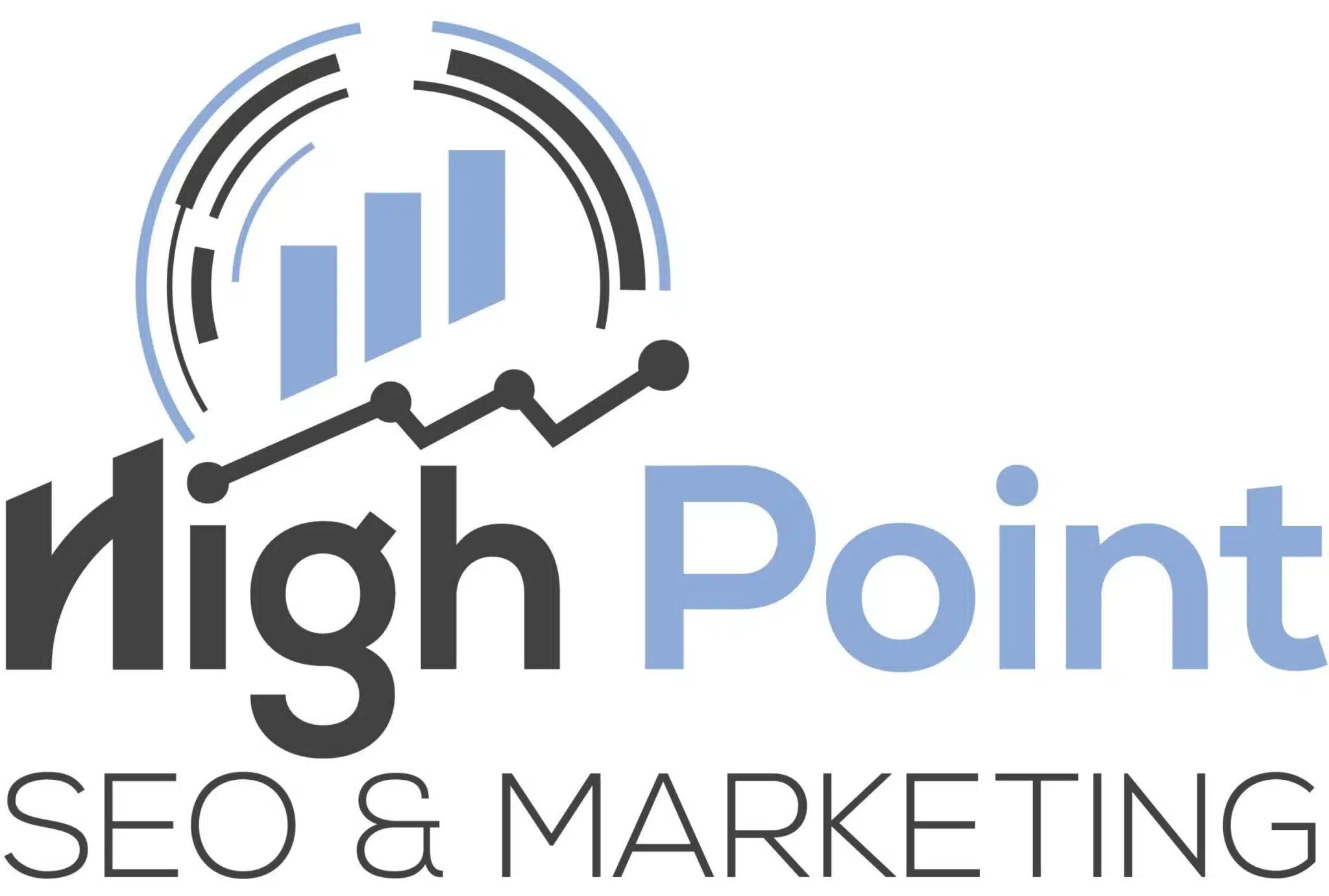What Does PSA Mean on Social Media

As social media is moving at lightning speed, acronyms have become popular and are used to express ideas in a short time. The term “PSA” is commonly used online with a definition that says “Public Service Announcement”. In this article, we discuss the understanding, utilization, and appreciation of PSAs as they are presented on social media platforms.
The Origin of PSAs
Traditional Public Service Announcements
What is known today as “Public Service Announcement” emerged in the environment of the traditional media platforms such as television, radio, and printed materials. The objective of the traditional PSAs was to inform the public of important things like health issues, safety instructions, civic duties, and social awareness campaigns. The PSAs were organized by both public and non-governmental bodies and most of the PSAs often aimed at educating and inspiring the community to work for progressive social outcomes.
Transition to Social Media
With the rising popularity of social media, the old concept of PSAs moved online. Public service announcements can now be relayed quickly and to millions of users through Facebook, Twitter, Instagram, and TikTok. Social media’s short-form and easy to be shared nature makes it a suitable medium for public service advertising in the current times.
The Effects of PSAs in Social Media
Raising Awareness
Social media PSAs are particularly good at drawing attention to pressing issues to a large audience. This ranges from public health campaigns and mental health support to climate change, social justice, and local safety. Due to social media, PSAs are able to reach communities across the world and from different backgrounds effectively.
Encouraging Action
Besides creating awareness, social media PSAs often encourage people to take specific actions. It could range from encouraging people to participate in a community clean-up, donate to a campaign or participate in democratic processes such as voting. Social media’s interactive features make it easy to watch, like, and comment on PSAs which greatly enhances their ability to reach a larger audience.
Educating the Public
Educational value is also an important aspect of social media public service announcements. They provide significant facts about areas that are not widely talked about or understood. In the wake of the COVID-19 pandemic, social media campaigns used PSAs to educate the public about how to stay safe, how to identify illness, and the advantages of getting vaccines. Because of the wide dissemination power of social media, these announcements are crucial in informing and educating the public.
Clarity and Conciseness
Since engagement on social media is very rapid, effective PSAs need to communicate their message concisely and clearly. They should effectively summarize the major points with little information to engage the audience. Plain words and attractive details help the PSA to be more understandable and memorable.
Visual Appeal
Social media is known to use captivating visuals to capture and keep the attention of the audience. Pictures, infographics, or short videos are often used in successful PSAs to capture and maintain the audience’s attention. With the use of these elements, PSAs become more interesting and shareable, which promotes higher levels of participation in discussions.
Emotional Connection
Creating an emotional connection is a very effective method for social media public service announcements. Recipients can be motivated to take action or change their behaviors by using emotional triggers such as empathy, urgency, or hope when viewing PSAs. Shareable stories and personal accounts can help make an emotional impact.
Call to Action
Every PSA should focus on informed call to action (CTA) to promote engagement. Make your CTA actionable by asking users to share, use more resources online or take part in a particular activity. This will help the audience to understand the next steps they need to take with respect to the PSA.
Challenges and Considerations
Misinformation
The urge for wide reach sometimes leads to inaccurate sharing of messages leading to misunderstandings and loss of trust. One of the most important things when creating PSAs is to ensure that all facts are verified before sharing information.
Audience Engagement
People respond to PSAs differently in different demographic groups. Adjusting PSAs to the targeted audience while retaining general interest requires the choice of proper language, imagery, and social media platforms.
Ethical Considerations
Ethical guidelines should be considered first when making public service announcements. Privacy protection, avoiding sensationalism, and ensuring the message is diverse are some of the important points to consider. Ethical standards promoted by PSAs create trust and increase the audience’s confidence in the information presented.
Successful Health and Environment PSAs on Social Media Examples
Health Campaigns
In the midst of the COVID-19 pandemic, health organizations around the world used social media to spread PSAs that discussed safety precautions, vaccine information, and mental health services. Such announcements were essential in creating awareness on health issues and encouraging people to embrace health-conscious habits.
Environmental Awareness
Numerous environmental nonprofits take advantage of social media PSAs to highlight the most pressing issues including climate change, pollution, and conservation of wildlife. With their mesmerizing images and gripping stories, these PSAs have succeeded in inspiring communities to participate in environmental projects and push for change.
Social Justice Movements
Social media has been instrumental in raising social justice movements. Public Service Announcements about racial equality, gender rights, and LGBTQ+ issues have created a great deal of interest and encouragement, resulting in more discussion and coordinated action.




 Bill Yeager, Co-Owner of High Point SEO & Marketing in CT
Bill Yeager, Co-Owner of High Point SEO & Marketing in CT